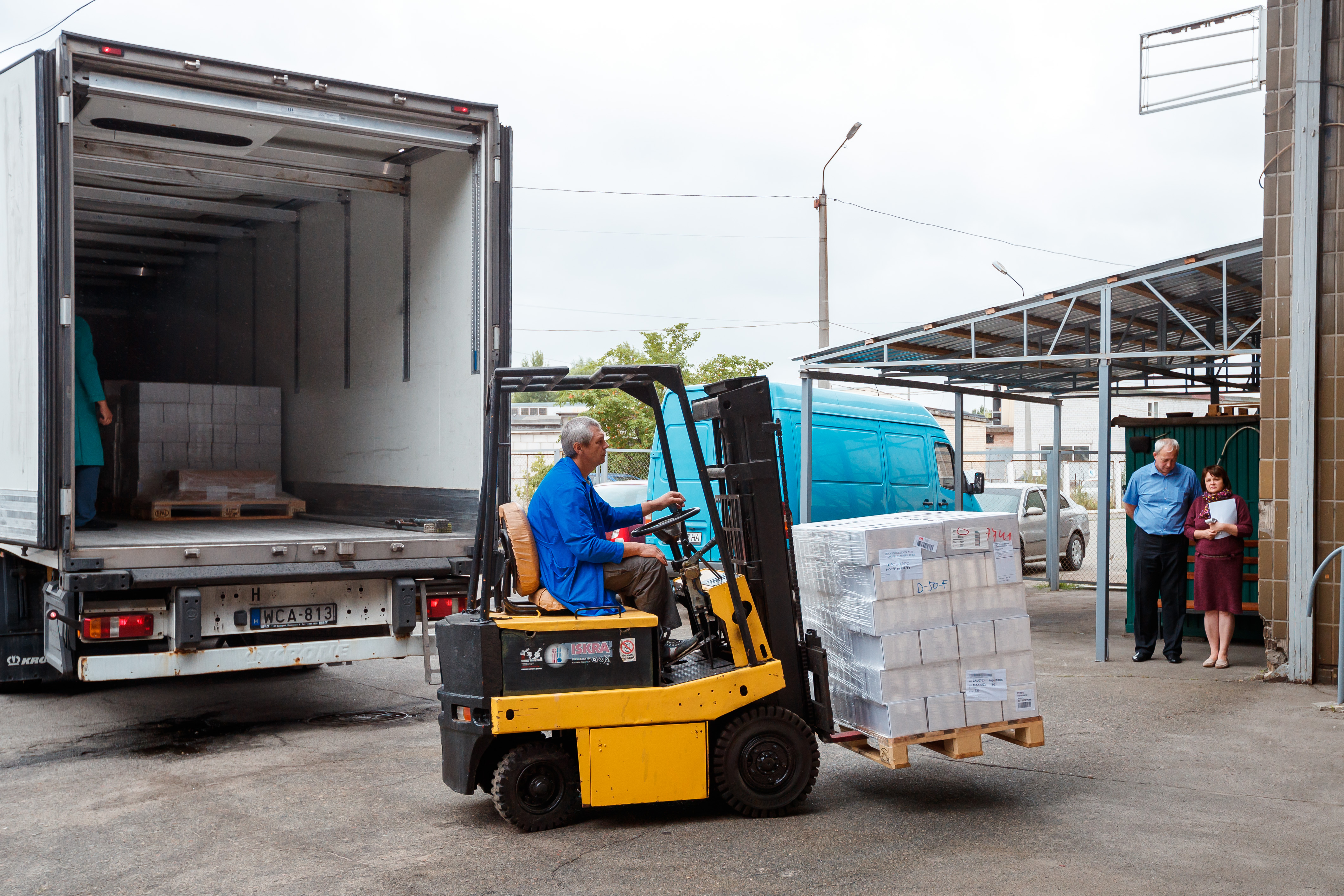
KYIV, 25 February 2025 – Three years into Russia’s full-scale invasion of Ukraine, the United Nations, in collaboration with the Government of Ukraine, the World Bank Group, and the European Commission, today released an updated joint Rapid Damage and Needs Assessment (RDNA4) for Ukraine.
The assessment, co-authored by the UN under the technical lead of the United Nations Development Programme (UNDP) in Ukraine, estimates that as of 31 December 2024 the total cost of reconstruction and recovery in Ukraine over the next decade will be U.S. $524 billion – approximately 2.8 times the estimated nominal GDP of Ukraine for 2024.
The figure represents an 8% increase (or about $37 billion increase) on the previous assessment, reflecting the ongoing and evolving damage. The RDNA4, which covers damages incurred over almost three years – from 24 February 2022 to 31 December 2024 – finds that direct damage in Ukraine has now reached $176 billion (up from $152 billion in the RDNA3 of February 2024). Key sectors impacted include housing (affecting more than 2.5 million households), transport, energy, commerce and industry, and education.
In the energy sector, there has been a 93% increase in damaged or destroyed assets, including power generation, transmission, and distribution infrastructure.
The human impact has been substantial. Among the most affected groups are IDPs living in collective sites, especially older people and those with disabilities. Members of the military, as well as civilians, have sustained injuries that could lead to disability: Since February 2022, the number of people with disabilities increased by more than 300,000.
According to the current assessment, 13% of Ukraine’s total housing stock has been damaged or destroyed. In the energy sector, there has been a substantial increase in damaged or destroyed assets, including power generation, transmission, distribution infrastructure, and district heating. Across all sectors, Donetsk, Kharkiv, Luhansk, Zaporizhzhia, Kherson, and Kyiv oblasts have sustained about 72% of the total damage.
In 2025, the Government of Ukraine, with support from donor partners, has allocated $7.37 billion to address priority areas such as transport, energy, housing, water supply, education, health, mine action and social protection. However, a total financing gap of $9.96 billion remains for 2025.
Of the total long-term reconstruction and recovery needs, the highest are in the housing sector (almost $84 billion). This is followed by the transport sector (almost $78 billion), the energy and extractives sector (almost $68 billion), commerce and industry sector (over $64 billion), and agriculture sector (over $55 billion). Across all sectors, the cost of debris clearance and management alone reaches almost $13 billion.
Mobilizing the private sector remains critical to Ukraine’s successful recovery. Many firms have started to invest in repairs and resilience, including through distributed energy solutions such as gas power plants, solar panels, and biogas.
UNDP in particular is actively working to leverage private investment through its Energy Service Company (ESCO) initiative, which is helping to rebuild and modernize Ukraine's energy system, making it more sustainable and resilient. UNDP’s work in Ukraine also focuses on areas such as community recovery, mine action, the energy sector, access to justice and the rule of law, and good governance.
The RDNA4 also highlights that prioritizing investments in recovery and reconstruction will be critical for Ukraine's journey toward long-term resilience and its strategic goal of EU accession. These efforts aim to rebuild the country’s infrastructure, revive its economy, and strengthen its institutional framework in alignment with EU standards. Recovery provides an opportunity not just to address the destruction caused by the ongoing invasion but also to build back better by adopting innovative solutions and reforms that meet the expectations of EU membership.
The assessment also identifies and excludes over $13 billion in needs across eight sectors that have already been met by Ukraine with the support of its partners and the private sector. For example, according to government data, in 2024, at least $1.2 billion was disbursed from state budget and donor funds for housing sector recovery. Over 2,000 kilometres of emergency repairs were carried out on motorways, highways, and other national roads.
UNDP Resident Representative in Ukraine Jaco Cilliers, commenting on the latest assessment, said the staggering $524 billion reconstruction cost underscored the immense scale of the challenge facing Ukraine.
“This updated assessment reinforces the critical need for a sustained, collaborative effort to rebuild Ukraine,” Cilliers said. “UNDP is dedicated to supporting the Ukrainian people and government in building back better, focusing on inclusive recovery and long-term development, not just repair. UNDP will work with partners and the Ukrainian government to prioritize immediate needs, particularly in vulnerable communities, while building a resilient and sustainable future.”
Media enquiries:
Yuliia Samus, Head of Communications, UNDP in Ukraine; e-mail: yuliia.samus@undp.org

 Locations
Locations

















